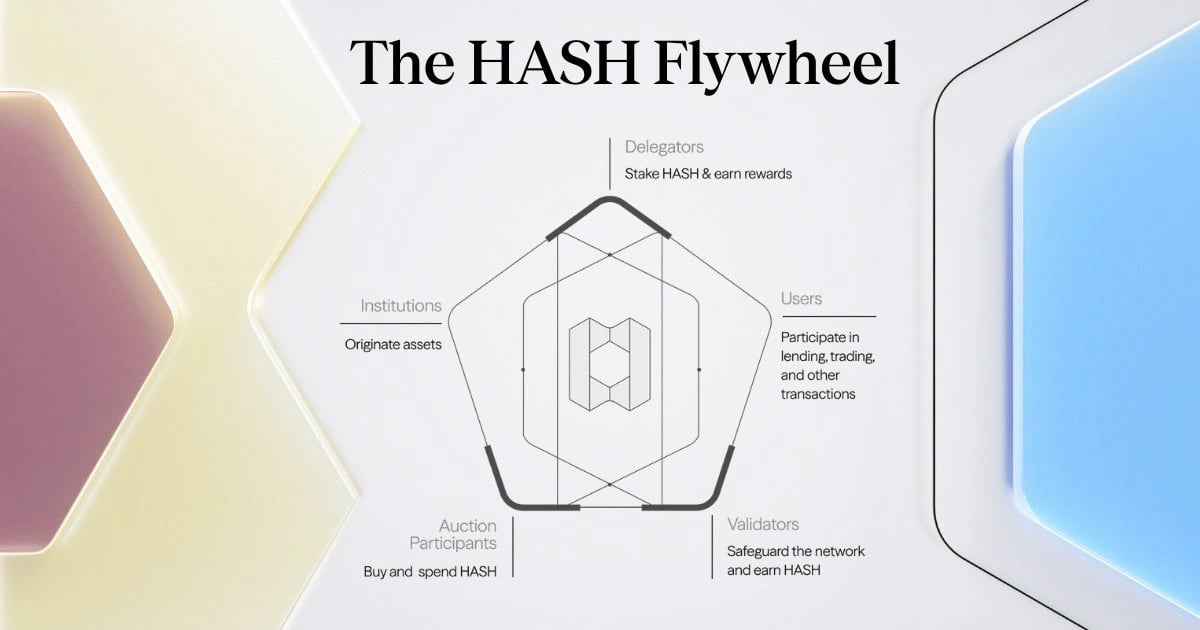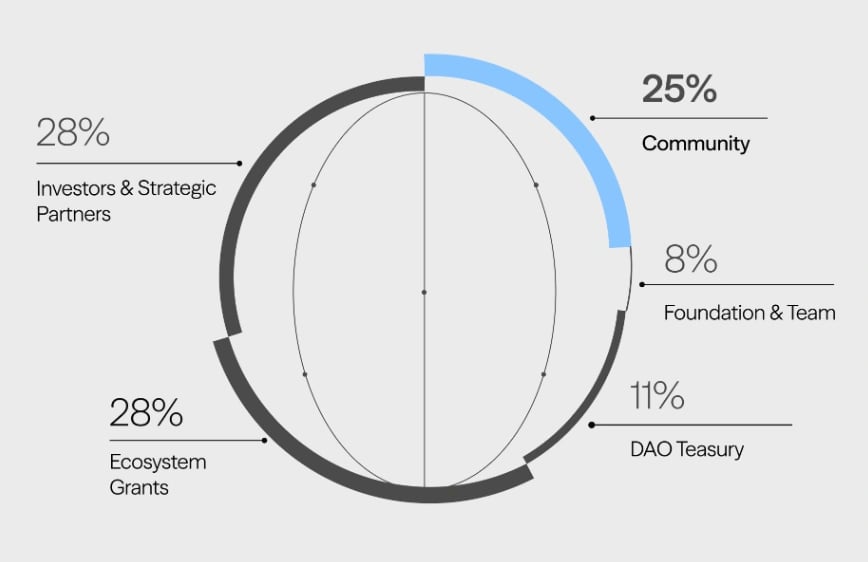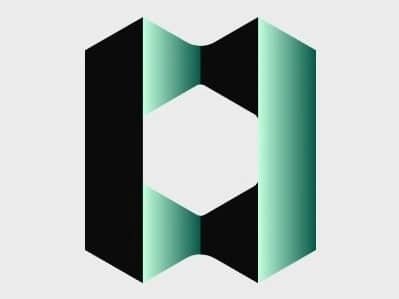订阅 wiki
Share wiki
Bookmark
Provenance
Provenance
Provenance Blockchain 是一个公共的、权益证明 Layer 1 区块链,专为金融服务行业设计,支持现实世界资产在链上进行管理、交易和证券化。它提供了一套用于资产创建、管理和交换的工具,同时旨在保持透明度、安全性和合规性。 [1]
概述
Provenance Blockchain 是一个开源的公共网络,基于 Cosmos SDK 和 CometBFT 共识引擎构建,旨在支持金融服务应用。它提供了一个去中心化的基础设施,用于记录交易、验证资产所有权以及直接在链上实现资产交换。该平台的架构将三个主要功能集成到一个系统中:它充当所有金融交易的不可篡改的账本,作为管理数字金融资产所有权的注册表,并包含一个内置的交易所,以支持各种资产类别的代币化、透明交易和流动性。通过结合这些功能,该平台旨在减少对传统中介机构的依赖,并简化金融流程。
该网络秉承“真相胜于信任”的指导原则,强调使用分布式和不可篡改的记录来确保可验证的数据完整性,而无需第三方验证。该项目最初应用于贷款发起、服务和证券化用例,然后扩大其范围以适应更广泛的金融资产。与许多依赖资产的合成或包装表示的其他 区块链 平台不同,Provenance Blockchain 旨在直接在其账本上管理现实世界资产的权威法律记录。这种设计旨在为受监管的金融环境中的数字资产管理和交易提供更直接和具有法律依据的基础。 [2]
技术
Provenance Blockchain是一个公共的Layer 1网络,它利用权益证明(PoS)共识机制来确保其运营安全。其技术基础是使用Cosmos SDK构建的,这是一个用于开发特定应用区块链的模块化框架。这允许高度的定制和自主性,同时保持与Cosmos生态系统中其他区块链的互操作性。在共识方面,该网络采用CometBFT(以前称为Tendermint),该引擎提供高性能、一致且安全的状态机复制。这种技术组合旨在提供金融级应用所需的扩展性和终结性,其中交易速度和不可篡改性至关重要。该网络的开源性质允许开发人员在其基础设施上构建和部署自己的金融应用程序。[2]
功能特性
YLDS 稳定币
YLDS 是一种生息稳定币,作为数字证券在 Provenance 区块链上发行。每个 YLDS 代币代表在美国联邦存款保险公司 (FDIC) 承保的美国银行持有的存款账户中的一对一权益,并且可以兑换成美元加上任何应计利息。该稳定币由 Figure 的数字资产注册和转账代理 (DART) 发行,并被构建为代币化的存款份额。YLDS 的二级交易发生在 Figure Markets 的另类交易系统 (ATS) 上,这是一个受监管的平台,可促进合规交易,并实现直接的链上结算。
YLDS 的设计旨在将传统保险银行业务的安全性与区块链技术的效率和透明度相结合。所有转账都记录在公共账本上,从而能够以低成本实现全天候结算。通过传递来自基础银行存款所赚取的利息,YLDS 提供了一种稳定的、产生收入的链上资产。这种结构旨在解决其他稳定币和 DeFi 协议的局限性,通过提供收益,而无需承担通常与去中心化金融相关的智能合约和贷款风险。它还使机构级存款可编程,允许开发人员构建合规的金融产品,这些产品利用稳定的、生息资产作为抵押品或国库工具。 [3]
DART
数字资产注册技术 (DART) 是一个基于 区块链 的注册表,位于 Provenance 上,用于实时记录票据、留置权和抵押品的所有权。它旨在作为传统资产注册表(如 MERS eRegistry)的现代替代品,通过直接在链上执行商法规则。这确保了数字资产的权利仅在区块链环境中进行交易,从而减轻了与链下权益相关的风险,并允许安全地出售、质押或控制资产。
DART 通过监控链上交易来提供对资产注册表的即时和准确的更新。这种机制允许贷款人完善其在区块链资产中的权益,并在无需将资产置于第三方信托的情况下保持控制。作为通用控制平台,DART 将留置权和电子票据注册功能与分布式账本的透明度相结合。该系统旨在遵守《全球和国家商业电子签名法案》(ESIGN)、《统一电子交易法案》(UETA) 和《统一商法典》(UCC) 的安全港控制系统要求。它还支持与贷款发起系统 (LOS) 和电子保管库等外部系统集成,这有助于简化资产创建和管理。通过自动化流程并实现即时结算,DART 旨在降低与传统系统相关的成本和人工对账。 [4]
资产管理器
资产管理器是一个基于 Provenance 区块链的 Web 去中心化应用程序 (dApp),作为数字资产的发起和生命周期管理的主要界面。它为发行人提供了一个集中的仪表板,用于创建、跟踪和管理各种资产,包括贷款、应收款以及证券和非证券代币。该应用程序与资产发起 API 集成,允许发起人通过直接系统集成来扩展其运营。为了保持机密性,该平台使用混合数据模型,其中敏感数据的唯一单向 SHA-2 哈希记录在链上以进行验证,而底层私人信息保持加密并存储在链下。 [5]
该应用程序支持一系列功能,包括资产和代币创建、具有定义的档次结构和瀑布指令的证券化、代币转移和双边交换。发行人可以在其资产上实施特定规则,例如要求转移批准或将所有权限制为合格投资者。资产管理器还与生态系统中的其他应用程序集成,从而可以在市场上列出资产或在数据室中管理相关文档时实现无缝数据流。这套全面的功能使机构能够在 Provenance 生态系统中管理数字资产并进行复杂的金融操作。 [5]
Marketplace
Marketplace是Provenance生态系统中的一个平台,用于列出和交易代币化的数字资产。流程始于发行人使用资产管理器dApp或资产发起API定义和创建数字资产。然后,发行人可以使用Figure Marketplace创建交易场所,并与注册经纪交易商Figure Securities一起列出代币化证券,以实现合规交易。列表可以自定义特定规则,例如限制交易给特定类型的投资者或安排定期交易时段。
要参与Marketplace,经过验证的实体需要连接到“护照钱包”。要发出要约,钱包必须持有要出售的资产;要出价,必须持有代币化的美元。发行人有权接受或拒绝出价。当出价被接受时,交易将通过双边交换智能合约执行,该合约完成代币到买方的链上转移。这种集成的结构,由资产创建、上市和交易工具支持,为生态系统内的资产交易提供了透明的流程。 [6]
数据室
数据室是 Provenance 区块链上的一个安全应用程序,旨在管理链下敏感文档,同时将所有权和访问权限链接到链上身份。该dApp适用于已成功完成了解您的业务 (KYB) 验证流程的实体和信托,确保只有经过审查的参与者才能管理和查看敏感文件。它为用户提供了一个平台,用于在受控环境中存储、组织和安全地共享机密文档。[7]
该应用程序包含多个安全功能来保护信息。管理员可以生成具有精细权限的自定义访问链接,允许只读或下载权限。系统还可以配置为要求查看者在获得文件访问权限之前接受保密协议 (NDA)。为了阻止未经授权的重新分发,从数据室下载的任何文件都会自动添加查看者的电子邮件地址水印。可以动态管理访问权限,允许管理员随时停用链接或撤销权限,从而为受控文档共享提供合规的解决方案。 [7]
Foundry Builder's Program
The Foundry是由Provenance区块链建立的孵化器和协会,旨在支持在其网络上开发新的金融应用程序。该计划旨在帮助创始人、工程师和创新者构建利用HASH代币和YLDS 稳定币等核心网络资产的金融工具。它提供从最初概念阶段到市场发布的资源和指导。参与者可以通过赏金和赠款获得非稀释性资金,有机会向风险投资伙伴和生态系统领导者展示他们的项目,并获得核心工程团队的直接技术和战略支持。该计划还促进生态系统连接和联合营销机会,以帮助项目整合和发展。 [8]
HASH Token

HASH 代币是 Provenance Blockchain 的原生 utility token。它用于支付网络和结算费用,参与 staking 以保护网络和抵消通货膨胀稀释,并通过链上投票参与治理。HASH 还可以用于在 HASH Market 拍卖中购买资产。该网络的费用模型使用可预测的、USD-denominated 费用,这些费用以 HASH 支付,并由 oracle 动态定价,防止 gas 费用波动。网络费用,例如代币转移或资产注册,在 validators 和 HASH Market 拍卖池之间分配。资产交换的结算费用将全部进入拍卖机制。
该代币的经济模型结合了 staking、奖励和 burn 机制。动态通货膨胀系统激励维持大约 60% 的供应量被质押,通货膨胀率从 1% 到 52.5% 不等,具体取决于 staking 水平。社区奖励包括里程碑和基于绩效的 airdrops,根据通过 HASH Rank Program 的参与情况进行分配,该计划跟踪 staking、治理和资产交易等行为。HASH Market 作为一个拍卖平台运作,出售来自费用的资产,并且在中标中使用的 HASH 将永久从流通中移除,从而直接将网络活动与代币稀缺性联系起来。 [9]
代币经济学

HASH 代币的总供应量为 100,000,000,000。总供应量的分配如下:[9]
- 投资者和战略合作伙伴: 28%
- 生态系统赠款: 28%
- 社区: 25%
- DAO 国库: 11%
- 基金会和团队: 8%
发现错误了吗?
